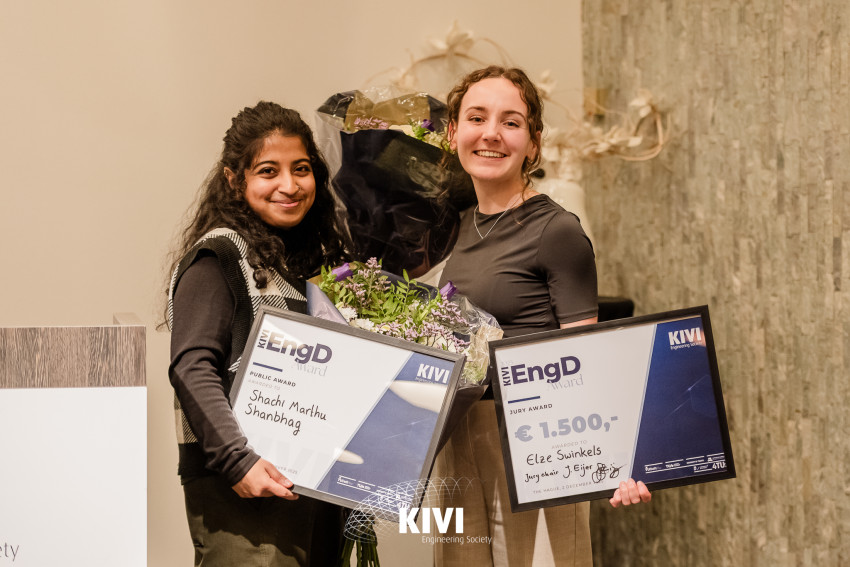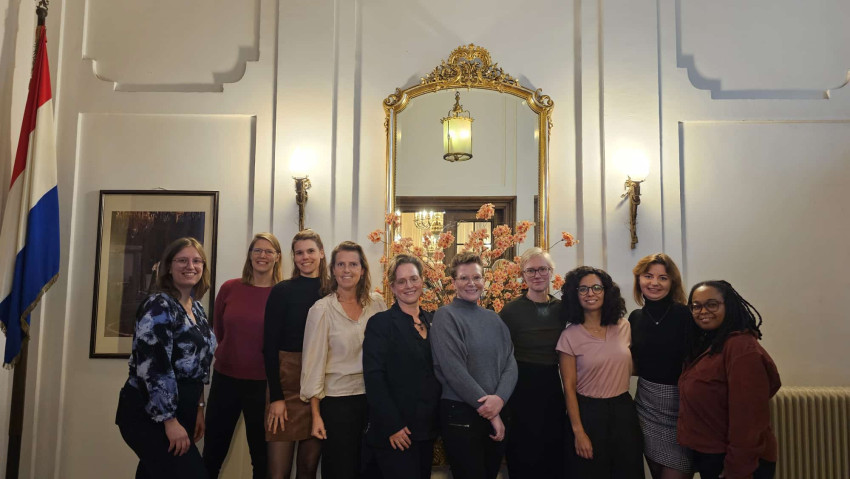
What could be new about an underground pipeline? For water, or even for naphtha, not much. But for beer?
What could be new about an underground pipeline? For water, or even for naphtha, not much.
But for beer?
Bruges in Belgium has an acute problem: a major tourist attraction in the center of a 16th century inner city with narrow streets, that were never meant to handle modern traffic. And yet, two big tanker trucks a day have to negotiate the narrow streets. We are talking of course about “De Halve Maan”, the famous brewery of “Brugse Zot”. To increase their capacity, they had the choice between moving out of the center of town or do something innovative. They decided on ‘innovative’, in the shape of a 3 km long pipeline to the bottling plant at the edge of town. Beyond the hassle of receiving the necessary permits, the first requirement was of course that the pipe should not influence the taste of the beer. Polyethylene was therefore chosen as construction material. At the same time this allowed the pipe to follow the street pattern, with all the required bends, because for various reasons it was decided not to run it under the houses. Then there was the presence of yeast and carbon dioxide, dictating low speed and low pressure. And then the matter if CIP (Cleaning in Place).
And finally the cost: some 4 million euros, partly financed by online crowdsourcing. More than 500 people contributed, encouraged by the promise of free beer for life in proportion to their contribution. Someone who made only a small investment would get a pack of beer every year for his/her birthday, but someone who paid the maximum amount will receive one bottle a day for the rest of his life.
For some nice photographs click here.


